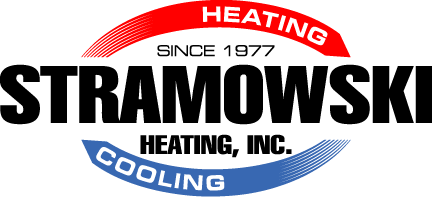Heating Services - Furnaces, Boilers, Heat Pumps & Hot Air Systems
Stramowski Heating Inc. has been providing home heating services, repairs, installations and equipment solutions since 1977.
We started as a Bryant Heating furnace service company, and have since serviced Lennox, Carrier, Concord, Goodman, Rheem, Amana, and most other brands.
Our residential heating service company is a local trusted Milwaukee service area HVAC professional for the thousands of homes we have served.
We fix, diagnose, repair, tune up / maintain, and install furnaces, boilers, heat pumps / inverters, and various heating systems.
From steam or hot water boilers to the newest energy saving technologies, we have the experience and know-how to help keep your family comfortable and warm.
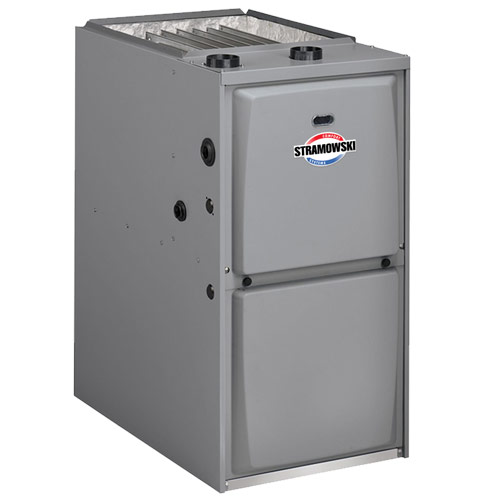
FURNACES & HOT AIR SYSTEMS
Need repair, maintenance or service due to no heat? We diagnose, fix, tune up, and replace / install forced hot air blower furnaces. Natural gas, propane or oil... our company can help.
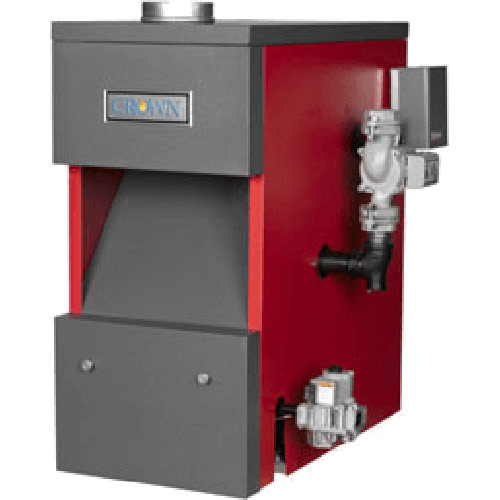
HOT WATER & STEAM BOILERS
Lennox, Crown, Fulton or any of the others... we maintain, fix & install boiler systems, pipes, valves, fittings, hot water radiators for all types of boilers.
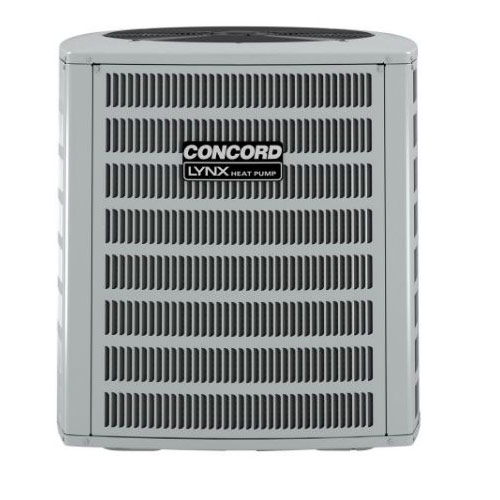
HEAT PUMPS & INVERTER HEATING
Heat Pumps are energy efficient, can run exclusively on electricity without using natural gas, and are highly incentivized home heating / cooling systems.
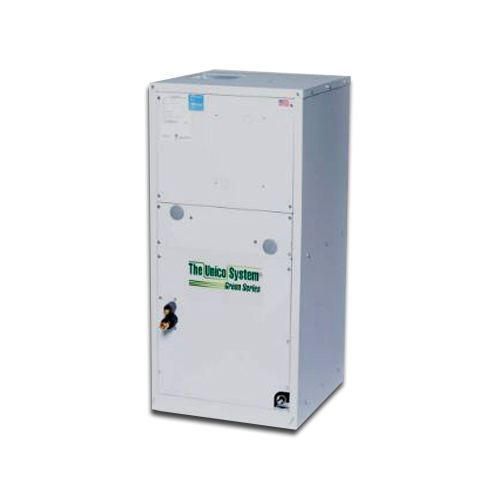
SPECIALTY HVAC AIR SYSTEMS
We service, maintain & install MagicPak / SpacePak dual combination heating & cooling systems, set up zone heating, and offer Unico & other high velocity air handler systems.

Understanding your Furnace, Boiler or other home heating system
The typical home heating system consists of a heating element such as a gas heat exchanger, electronically controlled compressor, hot water system, fire flame, high pressure refrigerant, or oil. The system includes air distribution ducts, water / air pipes. A blower or a pump circulate hot water / air through the system to disperse the heat into your home's heat zones. Controllers regulate the temperatures and air / hot water flow into the preferred heating areas.
Selecting a heating system requires specific knowledge about your home: duct quantity and size, pipe sizing, vents, controlling air flow, and more. An improperly configured system will fail prematurely or underperform (such as your home not getting hot enough when its cold outside, keeping your system constantly on, or causing expensive, unnecessary repairs).
We offer emergency diagnostic repair services and often have the fastest 24/7 response when you need us the most.
Home Heating Tips & Helpful Ideas
- Proper maintenance and regularly scheduled tune-ups can prolong the lifespan of your heating system. We keep long-term records of all Stramowski performed services, including repairs, tune-ups, and system installations for our customers.
- High efficiency furnaces, hot water or steam boilers, and heat pump systems are a great way to save on energy consumption costs. Reduce your energy utility usage to save money when energy prices are high. These savings can pay for the new system over time.
- Visit our Expert Tips / HVAC blog for many great articles that share ideas on how to reduce energy usage and save money, which thermostat is the best for your system, explanations of zone heating systems and controllers, and when to replace your furnace vs paying for repairs.
- We always offer free estimates for new equipment. Our expert consultants will take the time to understand your home heating needs and personal preferences, and give you an accurate & honest assessment to determine how we can help.
- Have you noticed that it seems to be warmer when the humidity is higher? Adding a little moisture to the air with a whole home humidifier can increase comfort when the air is dry.
- Hot air rises, and cold air drops, right? Modifying your furnace's air return vents to open the lower-level air vents and closing the higher-level air vents will make the cold air warmer. Another good idea is opening the supply vents on the lower levels during the cold winter months so that the cold air has an opportunity to rise. Also, ensuring your home has proper insulation in the basement and attic helps reduce energy loss.

Which furnace / heating system should I select?
Picking out a new furnace or boiler can be difficult. Let our team of highly-experienced technicians make sure that you are picking the right furnace for your home’s needs.
- Selecting an installer
- Comparing your existing system to a new one
- Understanding furnace size
- Selecting a thermostat
- Deciphering furnace energy ratings
- Enhancing your installation with add-ons
- Caring for your new furnace
- Know when to replace vs. repair
- Taking advantage of current energy rebates & incentives
- The benefits of regular maintenance and tune-ups
